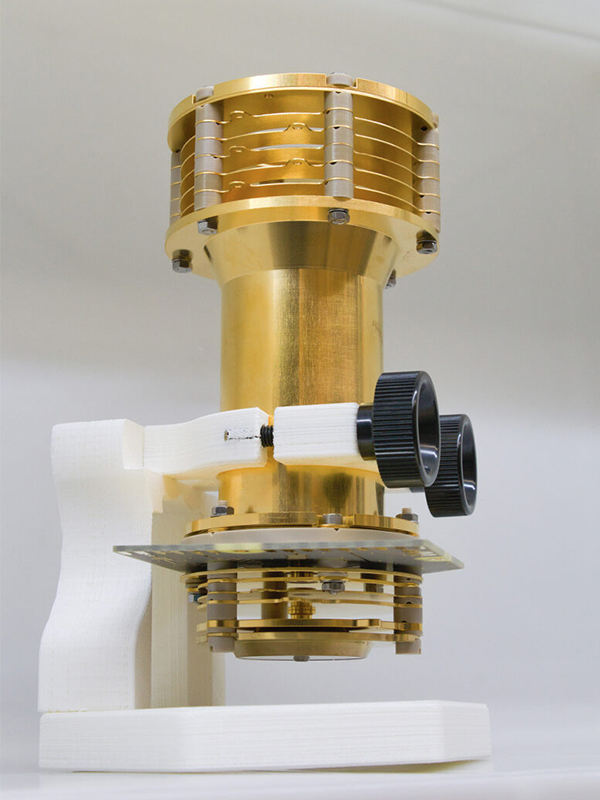Space
Instrument from the University of Bern flies to the Moon
Almost 60 years after the solar wind sail of the American Space Agency's Apollo moon missions, the University of Bern is back on the moon with the LIMS mass spectrometer as part of the NASA Commercial Lunar Payoad Services Initiative.

As the second man to step out of the lunar module on July 21st, 1969, the first thing that Buzz Aldrin did was to unfurl the Bernese solar wind sail and plant it into the ground on the Moon. This Solar Wind Composition (SWC) experiment, which was planned, built, and analyzed by Professor Johannes Geiss and his team from the Physics Institute at the University of Bern, was the first great highlight in the history of Bernese space exploration.
LIMS (Laser Ablations Ionization Mass Spectrometer), another instrument designed at the University of Bern, is to fly to the Moon with NASA as early as 2027, this time as part of a future NASA CLPS lunar delivery. The funding for LIMS is awarded by the European Space Agency’s ESA in the frame of the PRODEX programme (see infobox below). NASA is working with several American companies to deliver science and technology payloads to the lunar surface through the agency’s CLPS initiative. Peter Wurz, Professor for Astrophysics at the University of Bern and Project Leader for LIMS, explains: “We are very proud to be involved in NASA’s CLPS initiative and that our mass spectrometer is going to be used for the chemical study of lunar rocks.”